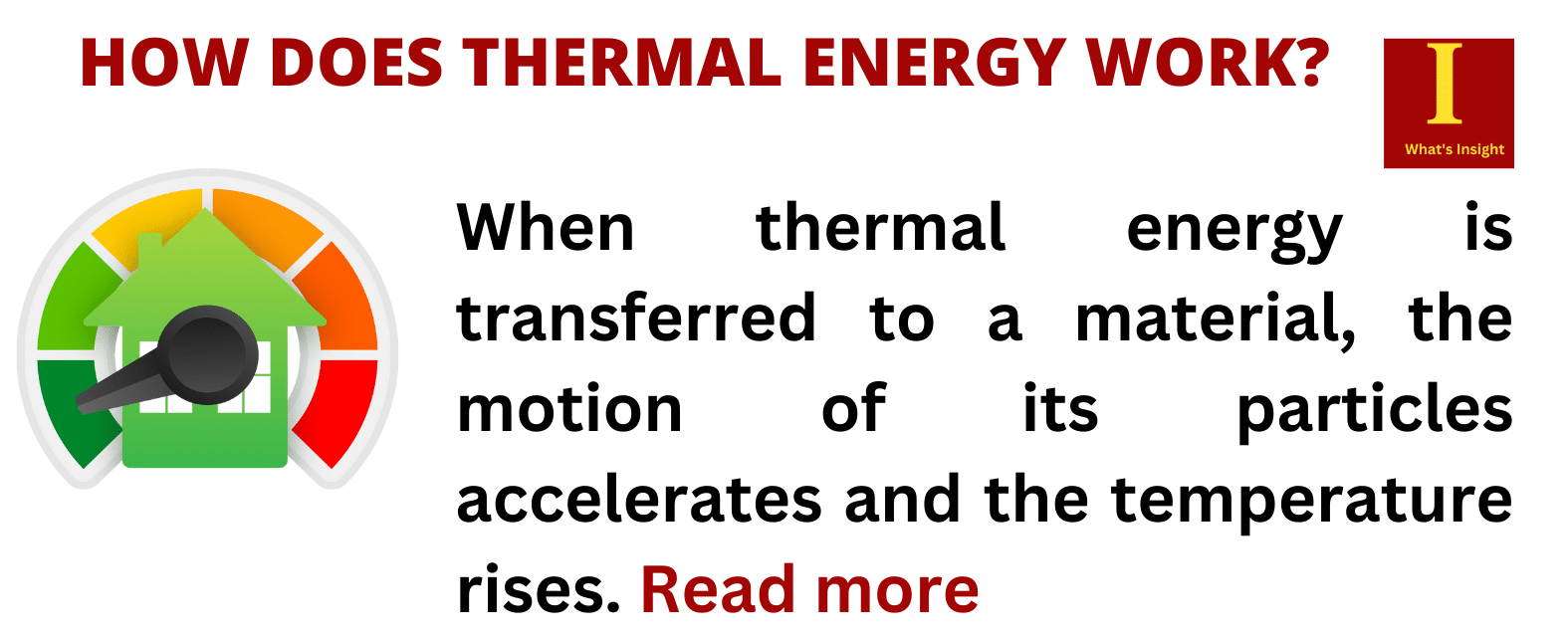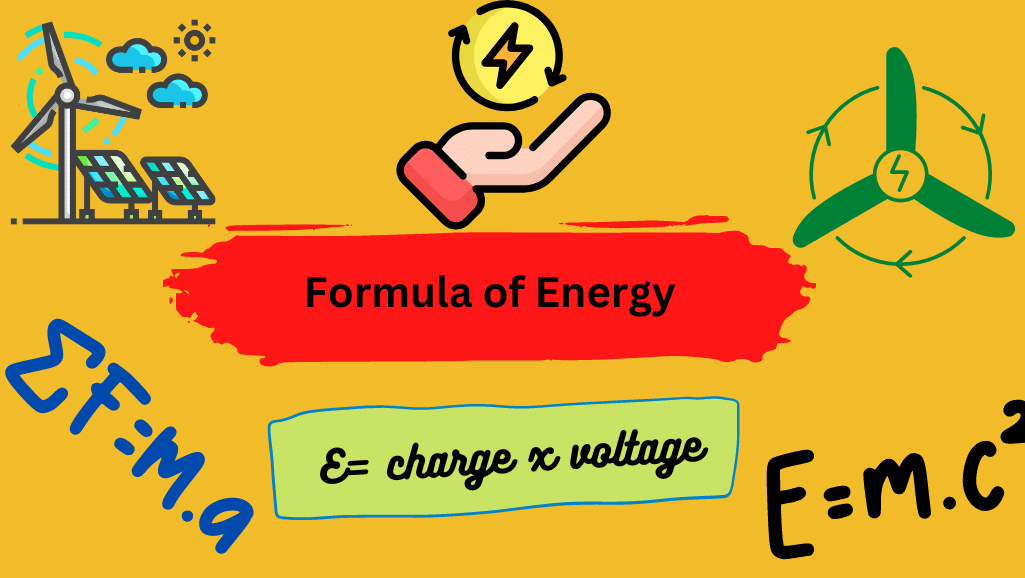Latent heat of the material is a measure of the heat energy (Q) per mass (M) released or absorbed during a phase change (melt, boil, freeze, etc.). A phase change occurs when matter transitions from one state (solid, liquid, gas, or plasma) to another. These changes occur when sufficient energy (latent heat) is provided to the system (or a significant quantity is removed), as well as when the pressure on the system is changed. The SI unit of Latent heat is joule per kilogram [J/kg].

The amount of energy required in a phase shift of a substance is determined by two factors: the number and strength of bonds or force pairs. The number of bonds is proportional to the number of molecules in the sample, and consequently to its mass. The strength of the forces varies depending on the type of molecules. The amount of heat Q required to change the phase of a mass m sample is given by the formula:
L=Q/M
Where Q is the heat quantity, M is the body mass and L is latent heat. The latent heat equation states that the amount of heat released or absorbed by the substance of mass M gives latent heat. The latent heat unit is given by J/Kg
Table of Contents
What is Latent Heat in Simple Words?
Latent heat is the amount of energy necessary to evaporate, condense, solidify, or melt something. When we heat anything, a large amount of energy is necessary to change the interaction of many atoms and molecules. So, if atoms are all tightly packed together in rigid places in a solid, we need to add some energy to split them apart a little bit so they may swirl around against each other, and that is a liquid form. Then we need to add a lot more energy to break them apart even further, for example, from a liquid to a gas.
Types of Latent Heat
There are three basic types of latent heat each associated with a different pair of phases.
- Latent heat of fusion: the heat absorbed or released as matter melts at a steady temperature, changing phase from solid to liquid.
- Latent heat of vaporization: the heat absorbed or released as matter vaporizes, transitioning from liquid to gas phase at a constant temperature
- Latent heat of sublimation
Specific Latent Heat
A material’s specific latent heat is the amount of energy required to change the state of one kg of the substance without affecting its temperature. Furthermore, because specific latent heat is measured per unit mass, it is a matter-intensive property. The most popular forms of constant-temperature processes are phase transformations, such as melting, freezing, vaporization, or condensation.
Related Topics
Thermal Energy Equation- Simple Overview
Specific Heat of Water
Heat Flux-An Overview
Thermal Mass| A Brief Introduction
Conduction in Physics| Easy Examples
Specific Heat Formula & Concept
Summary
- Latent heat is the amount of energy necessary to evaporate, condense, solidify, or melt something.
- The SI unit of Latent heat is joule per kilogram [J/kg].
- A material’s specific latent heat is the amount of energy required to change the state of one kg of the substance without affecting its temperature.
Frequently Asked Questions
1. What is the latent heat of steam?
The amount of heat required to convert one pound of water into steam at the same temperature and pressure is known as the latent heat of steam.
2. What is the Second law of thermodynamics?
According to the second law of thermodynamics, hot objects always cool until anything is done to stop them. It illustrates a fundamental and obvious fact about the world that a system’s entropy (disorderliness) continually increases.
3. Is Liquefied Petroleum Gas the same as natural gas?
Liquefied Petroleum Gas (LPG) is not natural gas since it contains propane, whereas natural gas contains methane. LPG is produced as a byproduct of the natural gas and crude oil refining operations. Once processed, LPG is stored as a liquid under pressure in gas bottles or tanks.
4. What is liquified natural gas?
Liquefied natural gas (LNG) is natural gas that has been liquefied for transportation and storage.
Natural gas is nearly completely composed of methane, with tiny quantities of other gases such as ethane, propane, butane, and pentane. A molecule of methane has one carbon atom and four hydrogen atoms.
5. What is a pressure-volume diagram?
The pressure-volume diagram (abbreviated as the PV diagram) is a graphical representation of pressure fluctuations in a closed system with regard to volume. P-V diagrams may be used to calculate the efficiency of a system as well as the work done by or on the system.
More Interesting Topics
Density of Water in g/ml-Accurate Value
Energy Density| Short Overview
How Much is a Liter of Water?
How Many Cups in a Gallon? Cups to Pints, Quarts, and More
Light Energy| Definition, and Properties
Mechanical Energy Formula & Examples
- BCl3 Lewis Structure in four simple steps - November 1, 2023
- PH3 Lewis Structure in four simple steps - October 8, 2023
- PF3 Lewis structure in four simple steps - September 24, 2023



